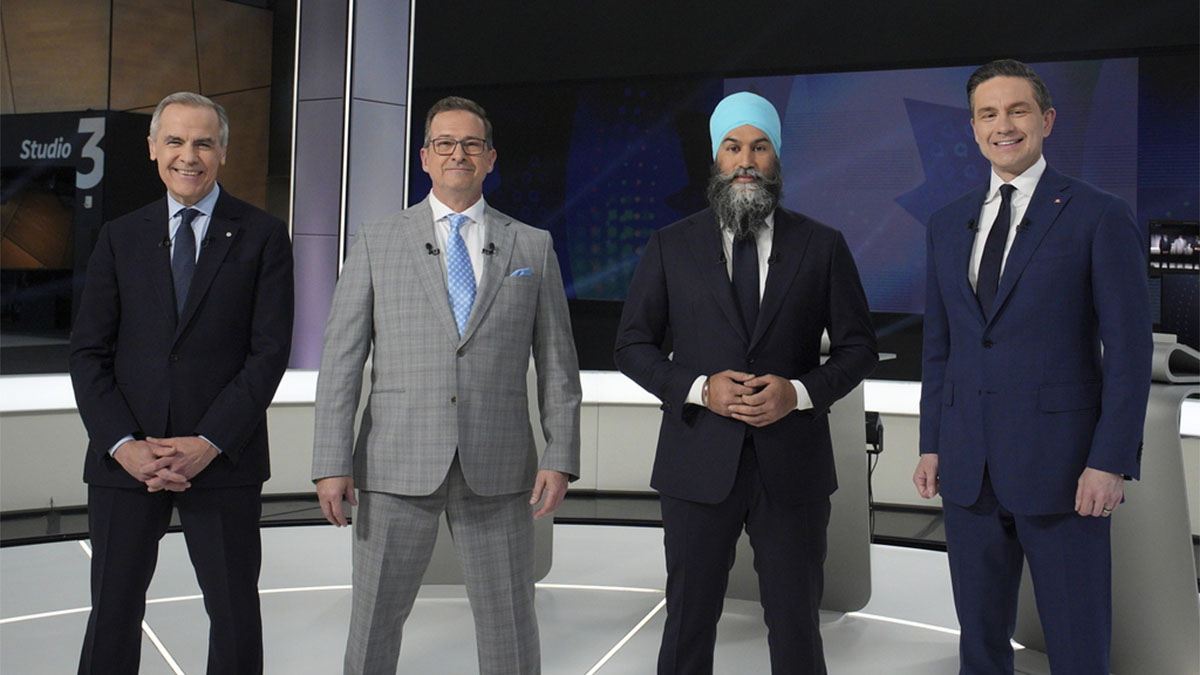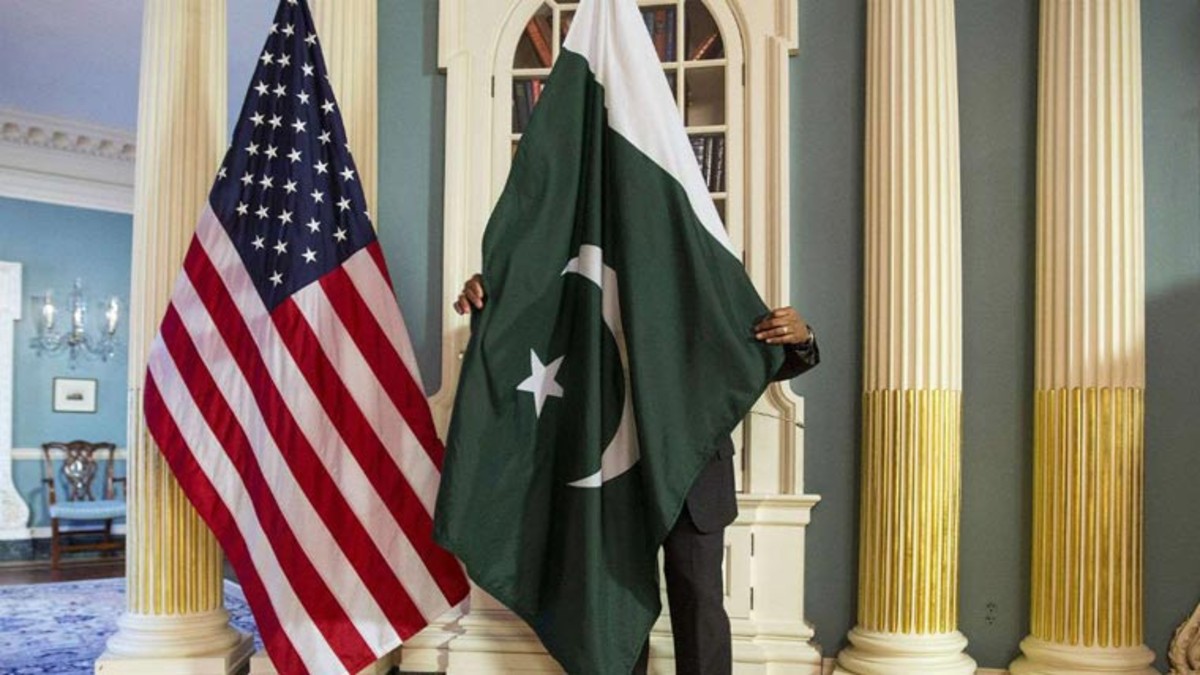US President Donald Trump’s return to the White House has sent ripples across Asia, with investors, governments, and students reacting cautiously to sweeping changes in American policy on trade, immigration, the Indo-Pacific region, and technology.
In his first 100 days since taking office after winning 49.8% of the popular vote and securing victories in seven key swing states, Trump has launched a series of aggressive moves, including mass deportations of immigrants and the imposition of steep global tariffs.
He has also drawn criticism for publicly admonishing Ukrainian President Volodymyr Zelenskyy amid the ongoing war with Russia.
The economic impact has been swift. The Dow Jones Industrial Average has fallen nearly 9% since Trump’s January inauguration, reflecting investor concerns over mounting geopolitical and economic uncertainty.
While Trump’s first 100 days may appear lacking in strategic direction, analysts told Nikkei Asia that such a view overlooks the broader objectives behind his actions.
“Yes, the details or magnitude have adjusted, but the overall direction remains steady,” Nikkei Asia quoted Jeff Mahon, a former deputy director of the greater China division at Canada’s foreign ministry, as saying.
Two pillars have shaped Trump’s second presidency: a drive to pull the US back from wars in Ukraine and the Middle East, and a push to redefine trade access to the American market for both allies and adversaries.
What do these shifts mean for Asia and Asian communities in the US? Here are four key insights.
Trump’s tariffs put in place
In his first 100 days back in office, President Donald Trump has introduced a sweeping tariff regime that has rattled global markets and disrupted supply chains. Companies worldwide are delaying investments and reassessing trade routes amid growing uncertainty.
Trump’s tariffs fall into three main categories:
Section 232 tariffs (25%) target imports like steel, aluminum, and cars on national security grounds, with potential expansion to semiconductors and pharmaceuticals. These are nonnegotiable and aimed at reshoring U.S. manufacturing.
A 10% universal levy intended to raise revenue and support tax cuts, though economists warn U.S. consumers will bear the cost.
Reciprocal tariffs, varying by country, target nations with high trade surpluses. A 90-day pause was imposed after a stock market drop; it expires July 9.
“We’re entering into a gigantic economic experiment the size of which we don’t yet fully appreciate, and it’s not going to end well,” Nikkei Asia quoted Craig Allen, former president of the US-China Business Council, as saying.
Trump’s long-term goal is to boost US manufacturing and open foreign markets.
“Trump’s ultimate goal is to reshore more manufacturing in certain strategic sectors and enhance international market access for American exporters,” Mahon, former Canadian official, told Nikkei Asia.
“He will adjust the details to limit market reactions and to avert unintended consequences, but he is unlikely to waver from the core objective. It will take more than a hundred days to determine whether he is successful,” Mahin added.
China has been hit hardest, facing 145% tariffs on exports, with no reprieve. Despite Trump’s claims, Beijing denies any recent trade talks.
“China’s current economic model is built on exporting its way out of its economic troubles… It’s an unsustainable model that is not only harming China but the entire world,” Treasury Secretary Scott Bessent was quoted as saying on April 23.
“China needs to change, and we want to help it change,” Bessent added.
Meanwhile, Japan and South Korea are negotiating to ease tariffs — Tokyo may increase corn and soybean imports, while Seoul considers investments in US shipyards. Southeast Asian nations are also seeking relief.
Electronics have been exempted from tariffs, but broader global tensions remain high.
Who’s shaping Trump’s Asia policy?
As Trump’s second term unfolds, his Asia policy is still taking shape. US administrations typically reflect competing foreign policy camps: “primacists” advocate global engagement, “prioritisers” focus on countering China, and “restrainers” favour minimal military involvement aligned with narrow national interests.
According to Nikkei Asia, so far, insiders suggest Trump is leaning toward a “strategy of denial” - aimed at deterring China’s behaviour rather than maintaining US dominance in the Indo-Pacific. The direction may hinge on China’s cooperation on issues like halting oil imports from Iran.
But personnel changes hint at a deeper shift. In early April, Trump fired several National Security Council staffers after a meeting with far-right activist Laura Loomer, who reportedly pushed for the ouster of those with primacist leanings.
Those dismissed were aligned with Secretary of State Marco Rubio and National Security Adviser Mike Waltz, both China hawks — suggesting the restrainers may now be steering policy.
“Personnel is policy,” as the saying goes.
Trump’s immigration crackdown alarms Asian students
President Trump’s sweeping immigration actions in his first 100 days have caused widespread fear among Asian communities and international students, according to immigration experts.
According to the Nikkei Asia report, citing The Migration Policy Institute, 175 immigration-related executive actions have been taken since January, prompting over 50 legal challenges.
“These actions have instilled fear in immigrant communities, especially around enforcement operations,” wrote Muzaffar Chishti and Kathleen Bush-Joseph of the institute.
“Schools are reporting reduced attendance. Farmers and other employers say they worry their workers will be deported.”
Asian immigrants, from India to China, have faced deportation or gone into hiding.
In February alone, 4,300 noncitizens were removed from the US, according to NBC News.
The Department of Homeland Security has since stopped releasing monthly deportation figures.
Trump’s crackdown extends beyond undocumented migrants. Mahmoud Khalil, a legal permanent resident and student activist, was arrested without a warrant and faces deportation.
The president called Khalil the first of “many foreign students removed from the country for ‘pro-jihadist’ activities on university campuses.”
Some Asian students have had their visas revoked without explanation and are now suing the government for violating constitutional rights. After public outcry, authorities have started reinstating legal status for some students as ICE works on new criteria to cancel student visas.
Experts warn these actions could severely impact US academia and innovation by discouraging international students from applying to American universities.
Trump tariffs shake global tech and Asian supply chains
President Trump’s aggressive tariff strategy is rattling the global tech sector, with Asian suppliers and US giants alike feeling the impact.
China, home to major operations for companies like Apple and Tesla, now faces a 145% tariff, while Vietnam is confronting a proposed 46% levy.
Since January, the “Magnificent Seven” tech giants — Apple, Microsoft, Alphabet, Amazon, Nvidia, Meta, and Tesla — have lost a combined $2.5 trillion in market value, down 15% from the start of the year, reported Nikkei Asia.
Tesla has been especially hard-hit, as backlash from CEO Elon Musk’s mass layoffs of federal workers has fueled a global boycott. Shares are down 30%, and Tesla has lost its EV crown to China’s BYD for two straight quarters.
While electronics and semiconductors were initially exempt, officials now say they may soon be included under Section 232 national security tariffs, added the report.
“It can take years for companies to ‘move’ their supply chains,” Nikkei Asia quoted John Mitchell, president and CEO of global electronics group IPC as saying.
“In the meantime, we’ll see companies holding off on new investments and new hiring in Southeast Asia, although the same will likely be true everywhere else in the world,” he added.
Despite the disruption, US tech manufacturing may benefit long-term. Apple, Nvidia, and TSMC have already announced expanded investments in America, with more expected to follow.
With inputs from agencies


)
)
)
)
)
)
)
)
)